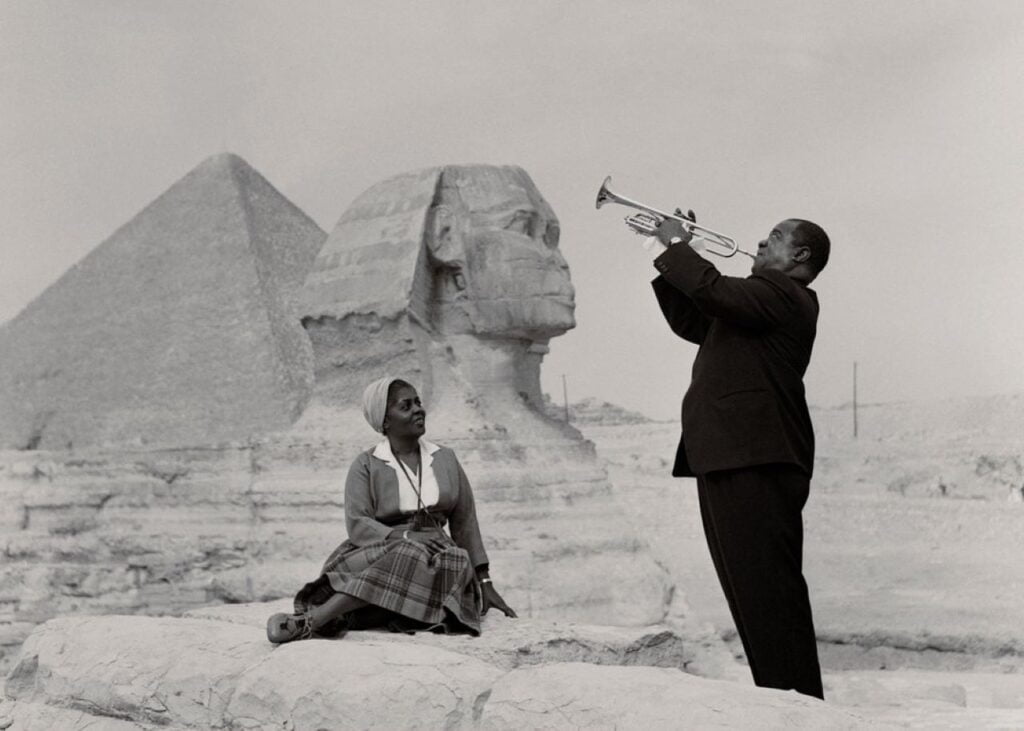Table of Contents
India: The Cradle of Buddhist Architecture
In its homeland, India, Buddhism, and Jainism played a pivotal role in shaping early architectural styles. The emergence of stupas, viharas, and chaityas was a significant milestone in Buddhist architecture evolution. These structures served as places of worship, meditation, and communal congregation.
Architectural Evolution: From Stupas to Temples
The history of Indian architecture is a remarkable journey that reflects the country’s spiritual, cultural, and artistic evolution. From the emergence of early architectural styles influenced by Buddhism and Jainism to the grandeur of Mauryan and Gupta architecture, this narrative unfolds like a captivating tapestry.
Early Influences: Birth of Architectural Styles
The journey begins with the emergence of Buddhism and Jainism, two influential religions that played pivotal roles in shaping early Indian architectural styles. It was during this era that we witnessed the birth of Stupas, Viharas, and Chaityas, each with its distinctive purpose and design. These architectural marvels would lay the groundwork for the grand temples that would grace the Indian landscape in the future.
Gupta Period: The Revival of Hinduism
The Gupta period marks a significant turning point in the architectural heritage of India. It was a time when Hinduism experienced a renaissance, and the construction of free-standing Hindu temples commenced. An exemplary testimony to this revival is the Deogarh temple in the Jhansi district, featuring a central shrine, or garbhagriha, where the deity’s image was enshrined. Another fine specimen from this period can be found in Bhitargaon, Kanpur district, showcasing the artistry of the Gupta era.
Sculptural Elegance
The fusion of Greek and Indian art gave birth to the Gandhara school, known for its life-like statues of Buddha and Bodhisattvas, bearing a resemblance to Greek gods. The Mathura school crafted spiritual-looking figures from spotted red stone. This school not only celebrated Buddha but also Jaina deities. The Amaravati school thrived under the Satavahanas’ patronage.
Mauryan Marvels: A Material and Spiritual Renaissance
One of the most significant phases in Indian architecture unfolds during the Mauryan Period. The Mauryans’ material prosperity and newfound religious consciousness led to remarkable achievements across various domains. The ancient city of Pataliputra was a testament to the grandeur and meticulous urban planning of the Mauryan dynasty. Notably, the period under the rule of Ashoka brought about a great advancement in architecture. Under his patronage, the construction of stupas and the erection of monolithic stone pillars inscribed with the teachings of ‘Dhamma’ reached their zenith. The highly polished pillars adorned with unique animal figures, like the iconic lion capital of the Sarnath pillar, became iconic symbols.
Sculptural Grandeur: Blending Greek and Indian Art
The confluence of Greek and Indian art paved the way for the development of Gandhara art. This unique art school was complemented by indigenous schools like the Mathura school and Amaravati school. These artistic endeavors produced an array of Buddha statues, particularly after the 1st century AD, under the influence of the Kushanas. The Gandhara school crafted life-like Buddha and Bodhisattva statues, often resembling Greek deities while preserving Indian themes and ideas.
Cave Architecture: A Unique Historical Phase
The evolution of cave architecture stands out as a unique feature in India’s architectural history. Over a thousand caves were meticulously carved out between the 2nd century BC and the 10th century AD. The Lomesh Rishi Cave and Sudama Cave, dating back to the 3rd century BC and located 19 miles north of Gaya, represent the oldest of these cave structures. These caves imitate wooden construction, featuring barrel-vaulted interiors measuring about 12 feet high and 32 feet long.
Stupas, Viharas, and Chaityas: Shaping the Spiritual Landscape
Buddhist stupas were constructed at sites significant to Buddha’s life and where his remains were preserved. These stupas were built with vast mounds of mud, enclosed by meticulously baked small standard bricks. Notable among these are the stupas at Lumbini (Buddha’s birthplace), Gaya (where he attained enlightenment), Sarnath (where he delivered his first sermon), and Kushinagar (where he attained Mahaparinirvana). These sites grew into focal points for Buddha’s order of monks and nuns, known as the Sangha. Monasteries (viharas), congregational halls (chaityas) for teaching and interaction between the common people and monks, and centers of preaching, teaching, and learning flourished around these stupas.
Sanchi and Sarnath: Treasures of Mauryan Architecture
Sanchi and Sarnath remain timeless symbols of Mauryan architectural accomplishments. The gateways of the Sanchi Stupa, adorned with exquisite sculptures depicting scenes from Jataka stories, serve as prime examples of artisanal skill and aesthetic sensibility.
The Mauryan ruler Ashoka furthered the cause of Buddhism by constructing approximately 84,000 stupas during his reign. Monolithic stone pillars, adorned with polished animal figures, served as edicts of ‘Dhamma.’ The renowned Sarnath pillar, crowned with a lion capital, became the emblem of the Indian Republic.
Buddhist Architecture: From Stupas to Temples
The third century BCE witnessed the development of Buddhist architecture in the Indian subcontinent. Early Buddhist architecture primarily featured three types of structures: stupas, chaityas, and viharas, each serving specific functions and purposes.
- Stupas (Places to Venerate Relics): These bell-shaped structures housed sacred relics such as scriptures, holy relics, and symbols of Buddha.
- Chaitya Grihas (Prayer Halls): These served as prayer halls for congregational worship, where monks conducted their religious activities.
- Viharas (Monasteries): Monks found residence in these meditation cells and living quarters, creating a self-contained monastic environment.
Stupa Architecture
Chaityas, or prayer halls, were central to the daily lives of Buddhist monks, providing spaces for congregational worship. These halls featured stupas at one end, and visitors could enter from one end while encountering a small stupa at the other.
Chaityas
Viharas, or monasteries, offered dwelling spaces for Buddhist monks. They were typically cut out of rocks or constructed using bricks, featuring chaitya halls and stupas as their central focus of worship. Viharas catered to the spiritual and living needs of the monastic community.
Stupas Across India
Buddhist architecture stupas held great significance, especially at places associated with Buddha’s life. The birthplace of Lumbini, the site of enlightenment in Gaya, the first sermon in Sarnath, and the Mahaparinirvana in Kushinagar each witnessed the construction of stupas. These sites became central for the sangha, giving rise to monasteries, preaching centers, and congregational halls, or chaityas.
As Buddhism spread beyond India, it adopted regional nuances and incorporated diverse architectural elements.
China: A Multitude of Monasteries
China embraced Buddhism with open arms, leading to the construction of approximately 45,000 monasteries. These monasteries have become integral to Chinese architecture. Notable among these is the brick pagoda at the Songyue Monastery in Dengfeng County, a surviving example from the early days of Buddhist architecture in China.
Indonesia: Majestic Temples in Java
The Indonesian archipelago witnessed the arrival of Buddhism in the early first millennium. The Batujaya temples in West Java, dating back to the 5th century, showcase the early presence of Buddhism in the region. However, the pinnacle of Indonesian Buddhist architecture and art was the era of the Javanese Shailendra dynasty. The magnificent Borobudur, a 9th-century Mahayana Buddhist temple, is a testament to their architectural mastery and remains the largest Buddhist architecture temple globally.
Buddhist Architecture in Thailand: The Beauty of Wats
Thai Buddhist architecture temples, known as ‘wats,’ stand out with their distinctive features. Wat structures usually consist of a worship area dedicated to Buddha (Phutthawat) and a monastery for the Sangha (Sangkhawat). Their iconic golden chedis, bell-shaped stupas covered in gold leaf, house relics. Thai Buddhist architecture temples comprise various buildings, each with multiple roof tiers. These ornamented tiers are reserved for temples, palaces, and significant structures.
Hawaii: A Fusion of Styles
Hawaii’s Buddhist architecture temples exhibit a unique blend of architectural styles influenced by the specific needs and materials available on the islands. These styles range from converted houses to traditional Japanese, simplified Japanese, Indian Western, and houses of worship. Each reflects the era in which it emerged and the cultural influences on temple construction in Hawaii.
Conclusion
Buddhist architecture buildings come in many different styles because they are influenced by what’s available in the area, what the local culture is like, and what the people believe. From big fancy buildings in India to beautiful temples in Indonesia, and nice temples in Thailand to interesting ones in Hawaii, each place has added to the special collection of Buddhist architecture buildings.




